
ADAPTIVE DESIGN CONTROLSTM
Modern processes for development of complex, software-intensive medical devices
Traditional design control procedures can’t keep up with the challenges of developing complex, software-intensive medical devices. Adaptive Design Controls were created based on years of experience developing medical robotics, medical imaging systems, and other complex medical equipment as well as software-only digital health products.
Challenges for the New World of HealthCare Technology

Complex
- Many product features
- Large amount of software
- Sophisticated data management, ML/AI algorithms
- Distributed architectures with many subsystems and modules

Changing
- Rapid design iterations during development
- Frequent updates after product launch
- Urgent software patches

Connected
- Maintaining interoperability with other devices and systems
- Cybersecurity risks
What Are Adaptive Design Controls?
Adaptive Design ControlsTM were designed to deal with the challenges of the “New World” of modern healthcare technology where traditional approaches to medical device development can no longer keep up with the pace and complexity of medical device changes. Adaptive Design Controls are a set of procedures (SOPs) to manage complex, software-intensive medical devices combined with consulting services to help product teams quickly utilize the new procedures.
Old World
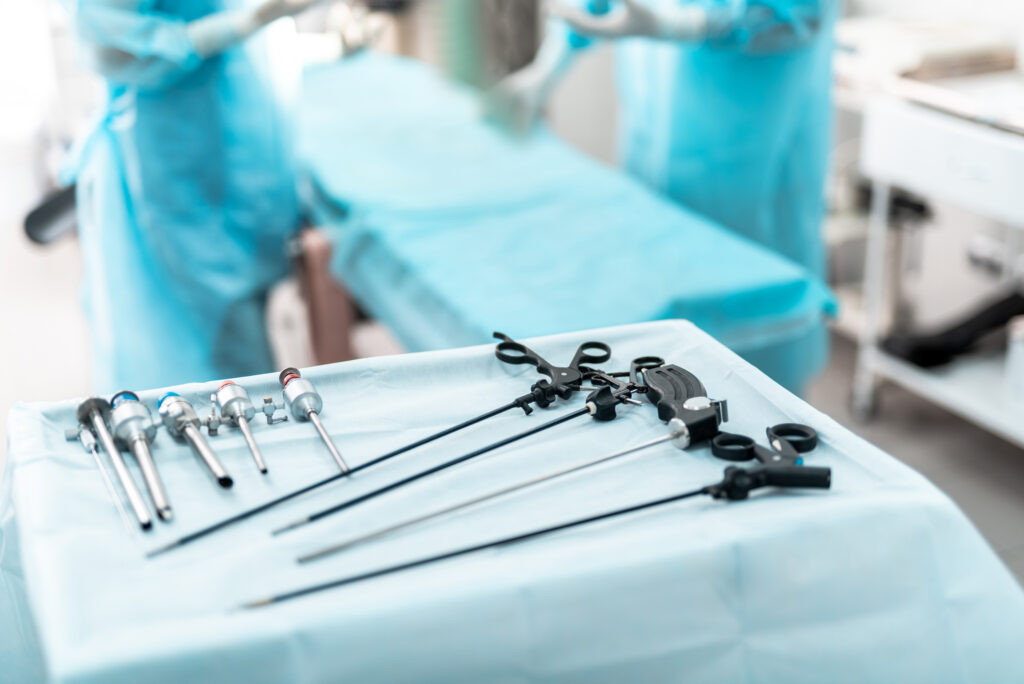
- Hardware-centric
- Develop product once and manufacture it for years
- Standalone product
- Making changes faster is risky
New World
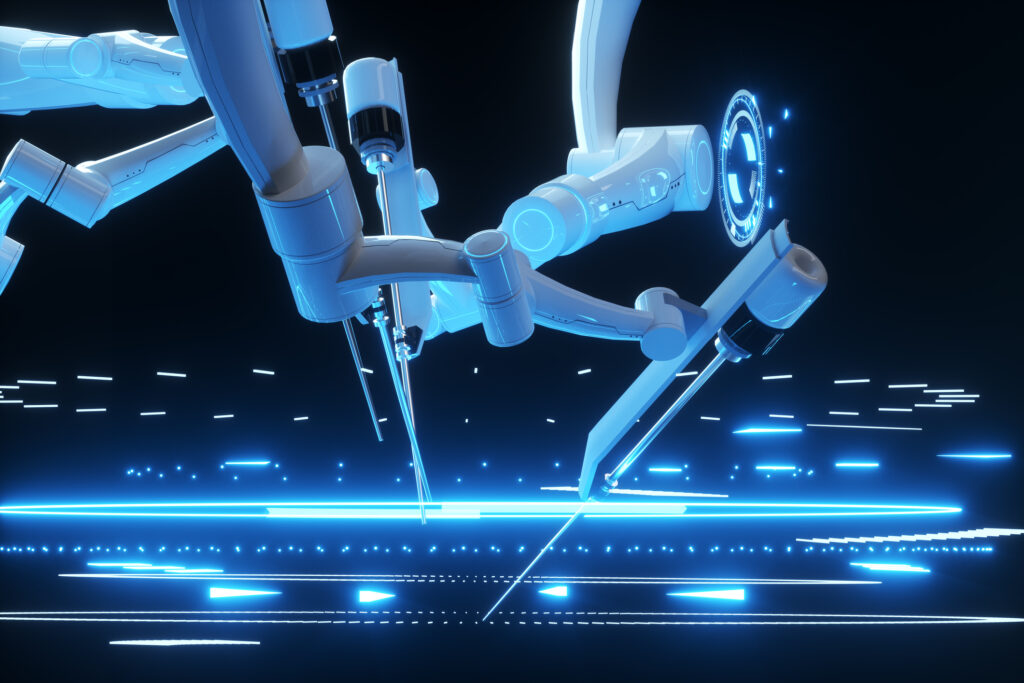
- Software-centric
- Regular product changes/upgrades
- Very high product complexity
- Connected product where data communication, data analysis, and security are crucial
- Making changes slower is risky
How Can They Benefit My Company?
- Provide flexibility and scalability to manage complex products
- Support agile methods without compromising compliance
- Encourage exploration and reduce fear by systematically managing risks: project, technical, safety
- Establish guard rails to allow the product team to safely proceed at high speed with maximum maneuverability and flexibility
- Fully leverage modern product development tools
Who Can Benefit From Adaptive Design Controls?
These procedures are intended for companies developing complex, software-intensive medical devices, such as:
- Capital equipment (medical robotics, medical imaging, surgical equipment, etc.)
- Connected devices such as wearables with IOT architectures
- Digital health products
- Developing first software product
How Is This Different From My Company’s Current Quality System?
Traditional design control procedures assume a once-through, linear approach that ignores the many unknowns associated with development of an innovative new medical device. Therefore, any loopbacks due to discoveries late in development are very expensive and time consuming to resolve.
Adaptive Design Controls are based on the principles of “Knowledge Driven Product Development” and focus on resolving unknowns (knowledge gaps) and reducing and eliminating project risks. This is done through design iterations (“learning cycles”) early in development. The more complex the device under development, the more important it is to support rapid design iterations by the product team to resolve unknowns and optimize the design.
Complex products require a well-integrated set of procedures for effective product development. Adaptive Design Control SOPs are not provided individually because they are intended to form an integrated system, with parts of each procedure linked to other procedures.
Most people (who aren’t consultants) don’t understand new procedures by reading SOPs. Customized training and support is included with the new procedures so product teams fully understand and can fully leverage the new procedures.

How Long Does It Take to Implement Them?
The Adaptive Design ControlsTM procedures are pre-written so they can quickly replace the current procedures in your quality system with a minimal amount of editing for proper integration. Most of the time for implementation is spent on training and support to help product teams leverage the new procedures.
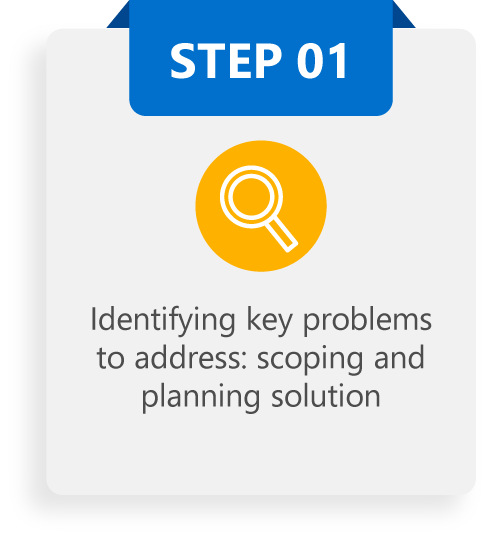
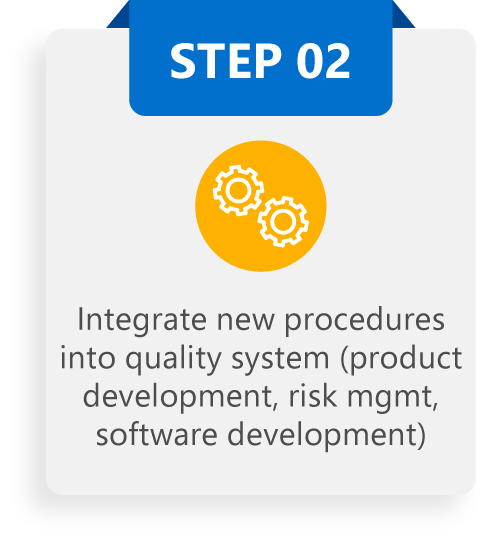
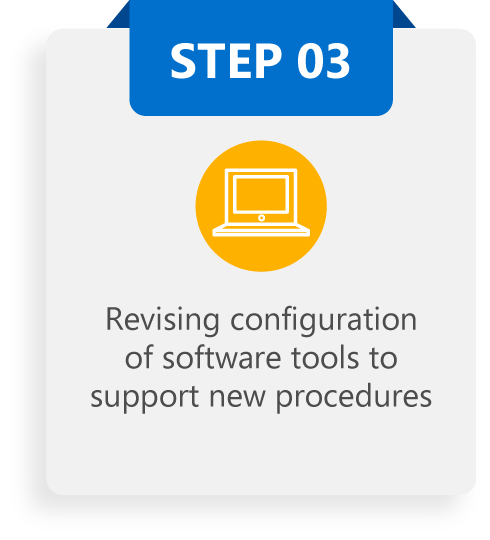
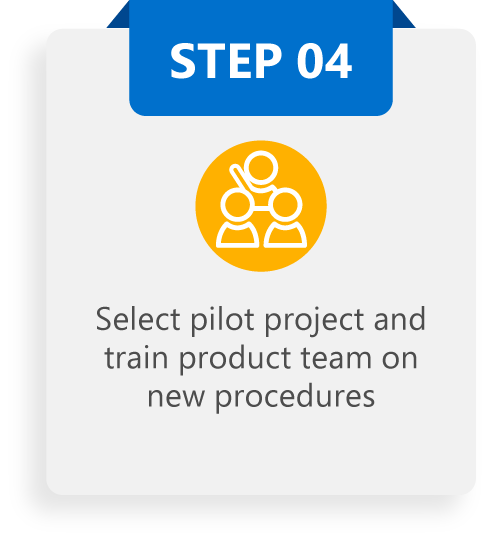
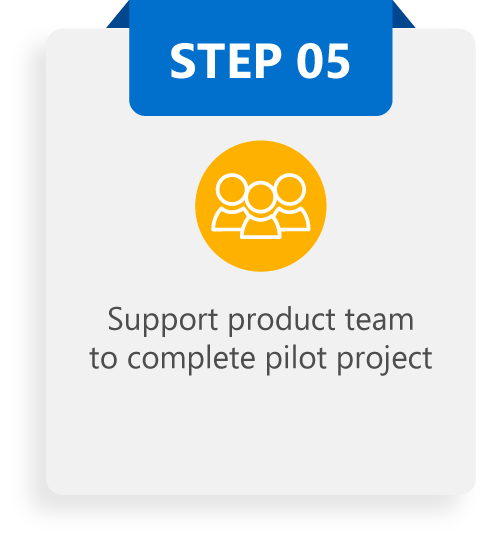
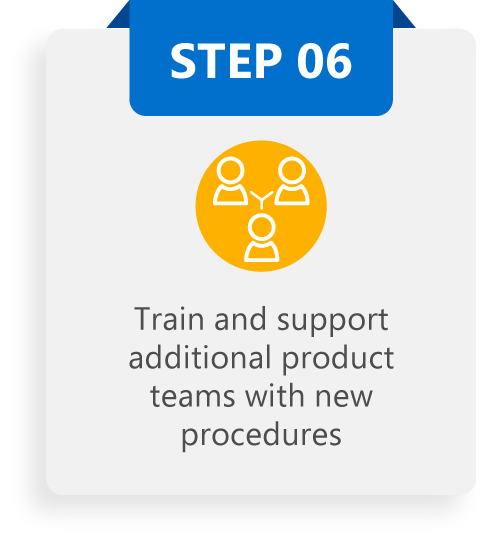
- Scoping and Planning: 2 weeks
- Customization and integration with company QMS: 2 weeks
- Integration with company tools: 4 weeks
- Training of pilot project team with hands-on workshops: 8 hours over 2 weeks
- Ongoing support for pilot project: 3-6 months
- Training and support for additional product teams: 6+ months
Software Tools: Implementation of Adaptive Design ControlsTM does not require purchasing new software tools. However, it may require some time for revising the configuration of existing software tools to integrate with the new procedures.
